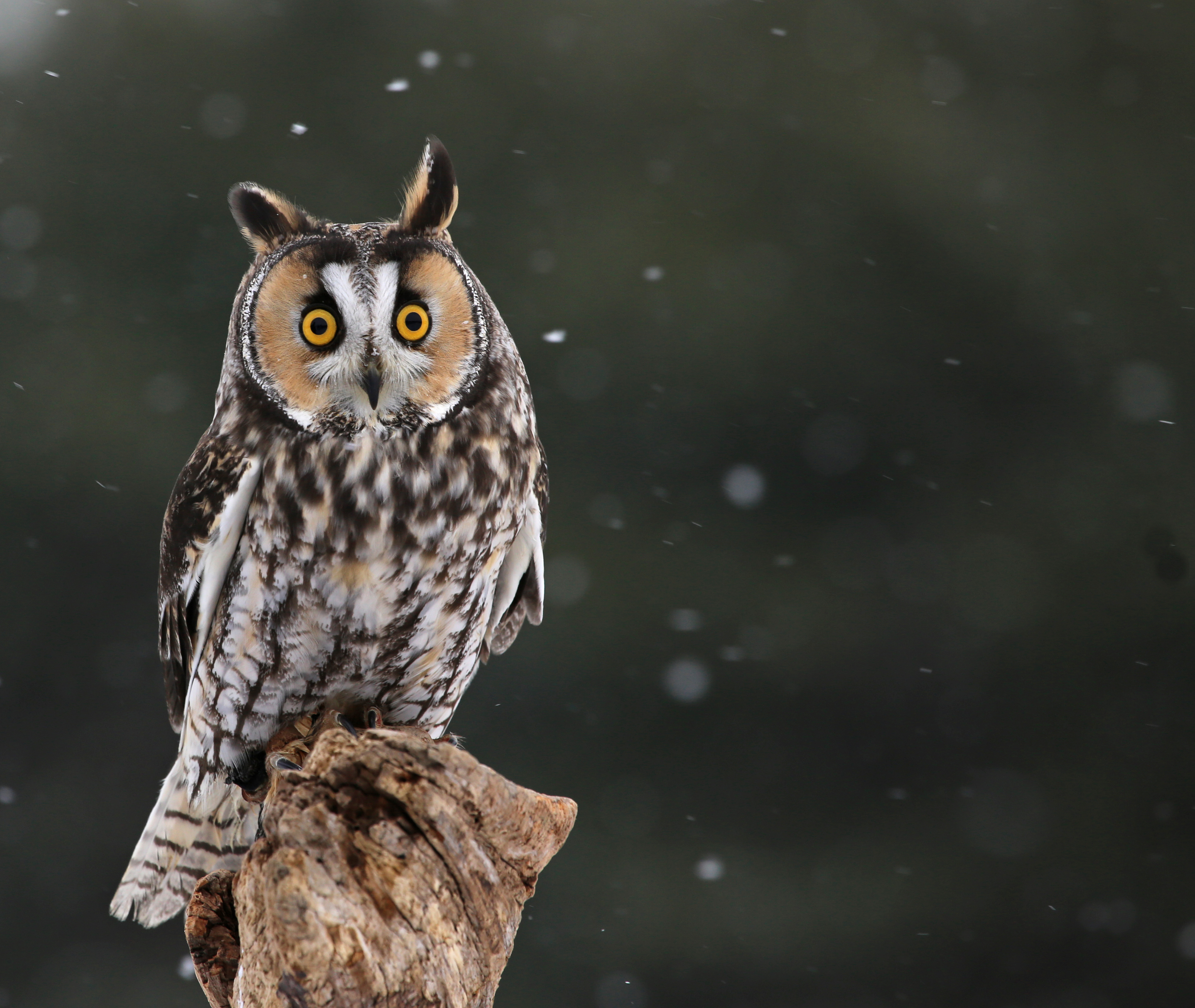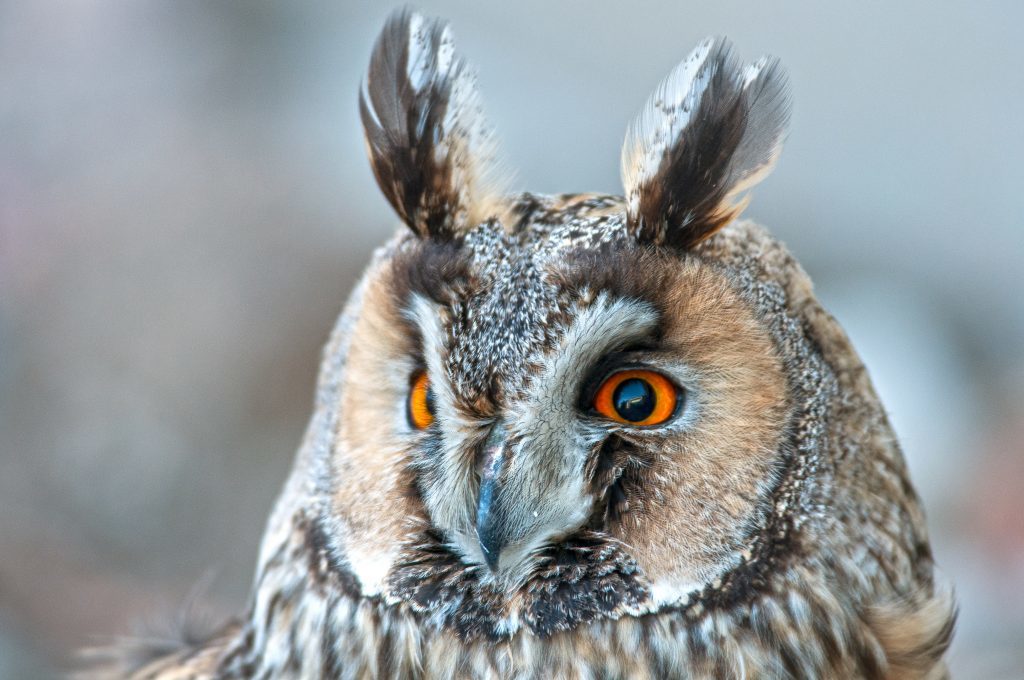It was like being reacquainted with an old friend. As I made my way up the small hill overlooking Strathdevon in the transient light of dawn, a bird on fluttering moth-like wings swooped and hovered over the tussocky pasture.
It has been two years since I had last seen a long-eared owl here, yet it seemed just like yesterday such was the familiarity of the soft-winged silhouette against the pastel gloaming sky. First it would go down low, then up again into a slight erratic hover, before descending once more. Whether this was the same bird as I had seen in the past was impossible to tell. An irrelevance anyhow, for all that mattered was that these scarce owls are still present on my home patch.
On subsequent mornings, the long-eared owl has made further appearances; like me, clearly a creature of habit. It was a curious coincidence too because only the week before I had glimpsed a short-eared owl when driving along a nearby lane. It was only a momentary sighting as it flew low along the Ochil scarp before disappearing behind a shelter-belt of trees. A close cousin of the long-eared owl, short-eareds are unusual in that they often fly by day. They also tend to be rather fickle – being frequent in some years, but less so in others.
Of course, the tufts on the top of these two owl species’ heads, whether long or short, are not ears at all. Indeed, there is a bit of debate about the most likely function of these feathery extensions, but it is thought that the main purpose is to help break-up their body outline, enabling them to blend into their surroundings better when perched.
I’m sure they may also utilised for communication with others of their own kind, for example to express alarm or aggression.
I enjoy my winter walks up this little promontory in the Ochils. I start when it is still pitch black but by the time I return home soft light has gradually ebbed in. Usually the first bird I see is a robin, flitting just ahead of me in the darkness. Is it hoping I disturb the soil with my boots so as to reveal sheltering invertebrates?
Blackbirds ‘clack, clack’ in alarm as I make my up through a thick stand of young pines and by the time I break out into the open sheep pasture my senses are tuned to the finest sound or smallest movement. It is then that the long-eared owl often appears, sweeping over the field like a gentle shadow – a final swansong before disappearing to roost for the day.
By the time I reach the top, I can see nearby Loch Leven to the east, the distant hill of Tinto to the far south and the Gargunnock Hills to the west. It is a soothing tonic of a view; a natural picture-frame of a diverse and rolling landscape.
Info
Long-eared owls are localised in their distribution, preferring areas of open ground with thick stands of conifers for nesting and roosting. Short-eared owls are often found on grasslands near the coast in winter.










